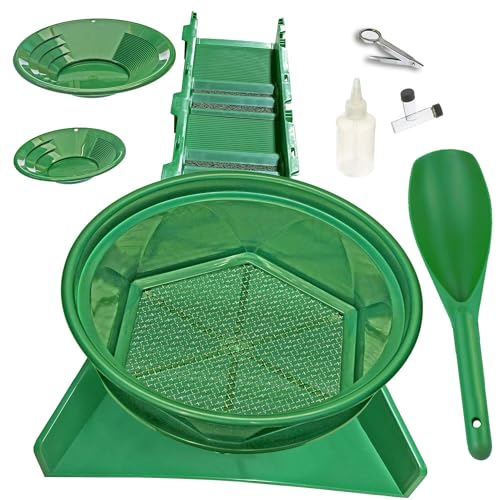I feel the very even and fine grained crystalline appearance seems more typical of a basaltic texture rather than a sandstone. Basalt is made of micro mineral crystals whereas sandstone is generally composed of rounded grains.
Its colour yellowish/brown is also typical of a weathered basalt as shown in the attached. Importantly these weathered basalts can still retain much of the even grained crystalline structure of the original basalt as many other unaltered crystals of different minerals remain interlocked. The weathering of a sandstone will most often loosen the grains as it is the cementing iron rich material that is altered.
There are many basaltic flows in the Daylesford goldfield areas still capping the basement slates and sandstones.
The Daylesford area is also renowned for its mineral springs many of which are high in sulphur. The creeks around the area drain this mineral water and on exposure to air the sulphur oxidises to a weak sulphuric acid. Many attest to the health qualities of these springs but they are just awful to drink. Tried them many times yuk!
Over time but in relatively short geologic time, any weathered fine grained basalt rocks falling from the high basalt cappings into Daylesfords deeply cut watercourses containing this very weakly acidic mix of mineral and run off waters could have its available iron content leached from the surface inwards. This could in turn produce the rinded or peel like structure shown in the sample with the pale iron leached zone on the outside of the rock.
I am not so sure about the timing of the internal weathering and outer leaching events ie whether they were simultaneous events or whether the weathering occurred first.
Perhaps a search might reveal freshly broken weathered but non surface leached samples in the area which might indicate the former.
My two bob opinion.
View attachment 10031
























































